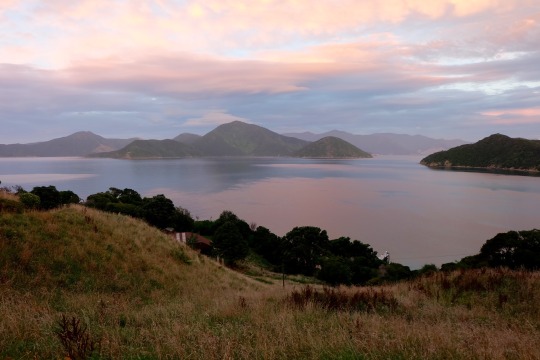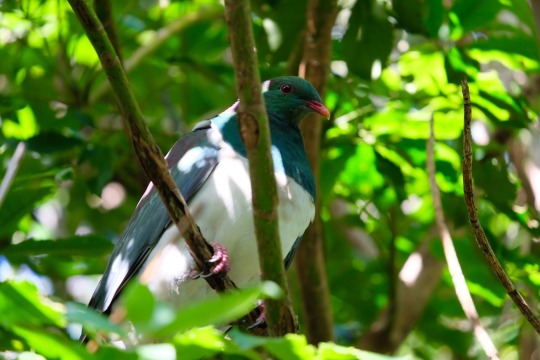By Sarah Nason
Sometimes as a biologist, it feels like you spend more time tending to your flock of study subjects than solving any actual scientific puzzles. Such was the case for me during my recent field season in New Zealand. I took in a lucky group of 100 giant crickets (specifically, a species called the Wellington tree wētā) to be pampered with spacious homes and all-you-can-eat apple slices. These free-loaders got regular snack time, infinite nap time, and amusing multi-coloured accommodation in Sarah’s first-star Wētā Daycare (or, for branding purposes: Sarah’s Wacky Wētā Wonderland). The only thing arguably missing from this fine establishment was play time; nay, any sense of joy for its inhabitants. I will admit that the wētā may not have found their other activities (having their legs removed, being coerced to mate, being decapitated live) very amusing.

Wētā were kept in brightly coloured buckets with a piece of apple, a block of wood to hide in, and substrate to lay eggs in.
Why did I create this dystopian daycare, equal parts fanciful and distressing? But of course, for science. Such a conflicting scene of simultaneous care-taking and destruction probably sounds familiar to any biologists reading: indeed, we are often charged with the task of “killing our babies,” as the phrase is often spouted in other professional circles. For a biologist though, often you’re, you know…literally killing your babies. At Sarah’s Wacky Wētā Wonderland, death was an unfortunately necessary task of the institution. Lucky for us, the Wellington tree wētā is thriving in abundance at our beautiful field site on Maud Island. There is still so much unknown about this little-studied critter that it makes the admittedly gruesome dissections worth it. It’s hard to ignore the macabre juxtaposition of pulling a wētā out of a cheerful bright yellow bucket (better suited to a day at the beach than a day in the lab) and immediately decapitating it, though.
But more than just putting things in buckets and later killing them, I was also gathering data for my Masters project while on Maud Island.
I am studying the evolutionary biology of the wētā, and in particular I am trying to understand an intriguing polymorphism that is only observed in males of the species. Males may be one of three different body forms: a small-bodied variant that doesn’t look much different from a female, a medium-bodied variant with sizeable jaws, or an almost unbelievably meaty large-bodied variant with big powerful jaws to match. Below is pictured a comparison of the smallest and the largest morph side-by-side:

The question I want to answer is, simply enough: why do these alternative forms exist? How can evolution explain the co-existence of three drastically different male forms in this species, while the females all look the same? To find out, I am testing the hypothesis that each morph represents a unique strategy to gain fitness. If this is true, then each morph should be equally successful at reproducing in the wild (at least, proportionate to each morph’s frequency in the population).
Which brings us to Wētā Daycare: in order to assess how successful each morph is, I collected females and their mates in the field and held the females for several weeks to collect eggs. In the end, I will use genetic markers to determine how many of these eggs can be attributed to her mate. The idea is that with enough pairs to analyze, this will give us a sense of how many offspring each morph of male is producing in the wild. Finally, I dissected each female to determine how many eggs she was carrying (did she lay them all?) and to assess the presence or absence of sperm in her reproductive tract (was she fertilized?). This final dissection is what mandated the decapitation: unfortunately, the sperm storage organ and sperm stored within cannot usefully be examined if the female is euthanized in advance of the dissection.
The wētā are incredibly unique and exciting to work with, and on top of that, they are the easiest creatures to babysit I’ve ever dealt with: generally, they don’t move. What’s more, the site on Maud Island is a paradise for native New Zealand wildlife as it has been carefully cleared of all invasive predators, which are a major threat to the native fauna of New Zealand. This trip was a perfect escape from the office: heading to the field always invigorates my love of biology, even if it includes some disturbing daycare activities in the name of science.



This research was funded by the NSERC CREATE grant program ReNewZoo and The Entomological Society of Canada Graduate Research Travel Award. Read more about Dr. Clint Kelly’s lab and their research on wētā here!

0 Comments